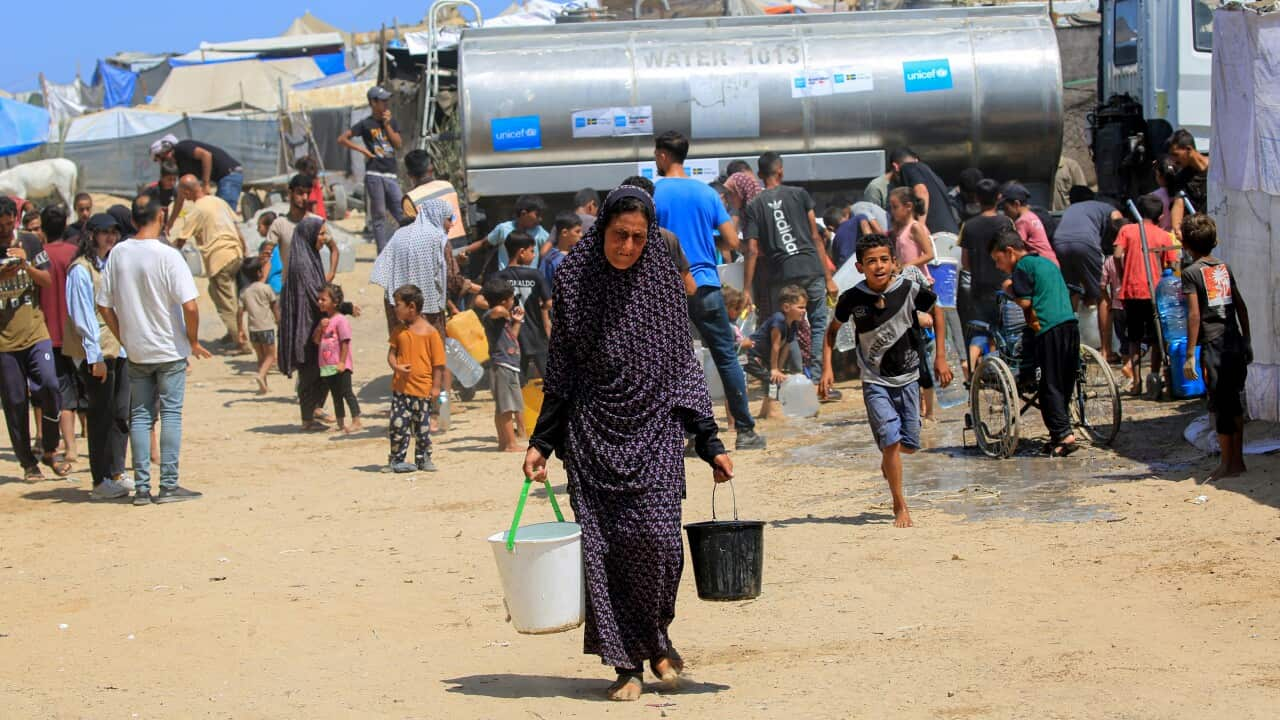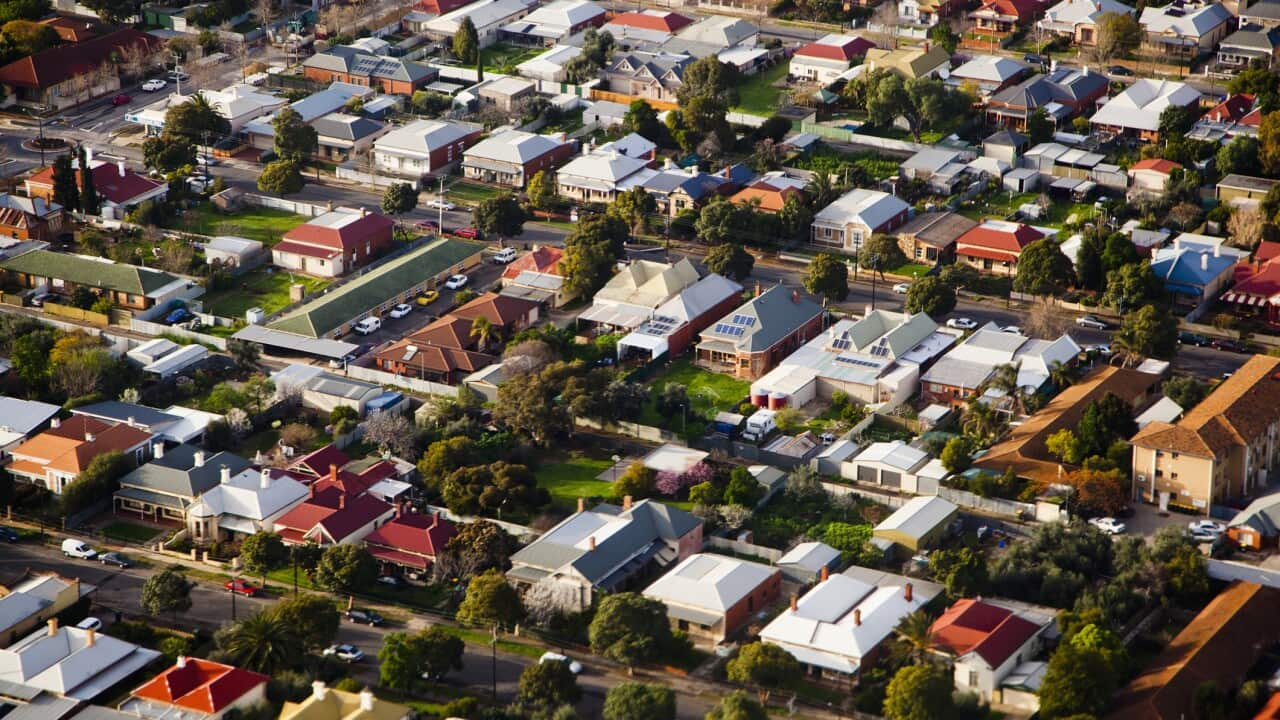
Key Points
- A study shows the national economy lost almost $10 billion in lost productivity in 2022 due to long COVID.
- People with long COVID experience long-term symptoms such as fatigue, breathlessness and joint pain.
- Experts say the study shows the government needs to place more emphasis on combatting the condition.
More than one million Australians who contracted long COVID at the height of the pandemic have faced difficulties working or have reduced their hours due to the condition, a study shows.
Academics from the Australian National University (ANU), University of NSW (UNSW) and Melbourne University have found around 100 million labour hours were lost in 2022 due to adults with the condition being unable to work or cutting hours.
The study shows that this, in turn, cost the national economy almost $10 billion in lost productivity.
Up to 1.3 million Australians were estimated to be living with long COVID at the time, the research found.
“We estimate this equates to economy-wide losses, on average, of about $9.6 billion in 2022, or one-quarter of Australia’s real gross domestic product growth that year,” ANU professor Quentin Grafton, one of the study’s authors, said on Monday.
The $9.6 billion loss in productivity translates to an average loss of $7,385 per person.
“Our research likely underestimates the economic impact of long COVID because it does not account for losses such as healthy employees who can’t work because they’re caring for others with long COVID.”
Most workers affected by the condition were aged from 30 to 49.
such as fatigue, breathlessness and joint pain that some people experience after they have had COVID-19.
Valentina Costantino, from UNSW’s Kirby Institute, said the study showed MPs needed to place more emphasis on combating long COVID.
There were likely up to 873,000 Australians still living with the condition more than four years after COVID-19 first hit the nation, Costantino said.
“A predominant focus of COVID-19 health policy is prevention of hospitalisation and death from acute COVID-19, with less attention given to long COVID,” she said.
Another of the study’s authors, Professor Raina MacIntyre from UNSW, said strategies to reduce COVID-19 and therefore long COVID should focus on indoor air quality and improved ventilation.
“Financial assistance for long COVID patients, at least for those unable to work because of their symptoms, such as access to a disability pension, would reduce their economic burden,” MacIntyre said.
In June, the federal government announced $14.5 million in grants as part of a $50 million spend to generate better evidence on strategies to manage long COVID in the community.














